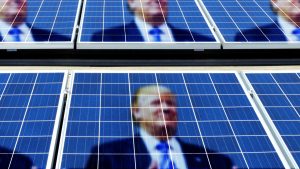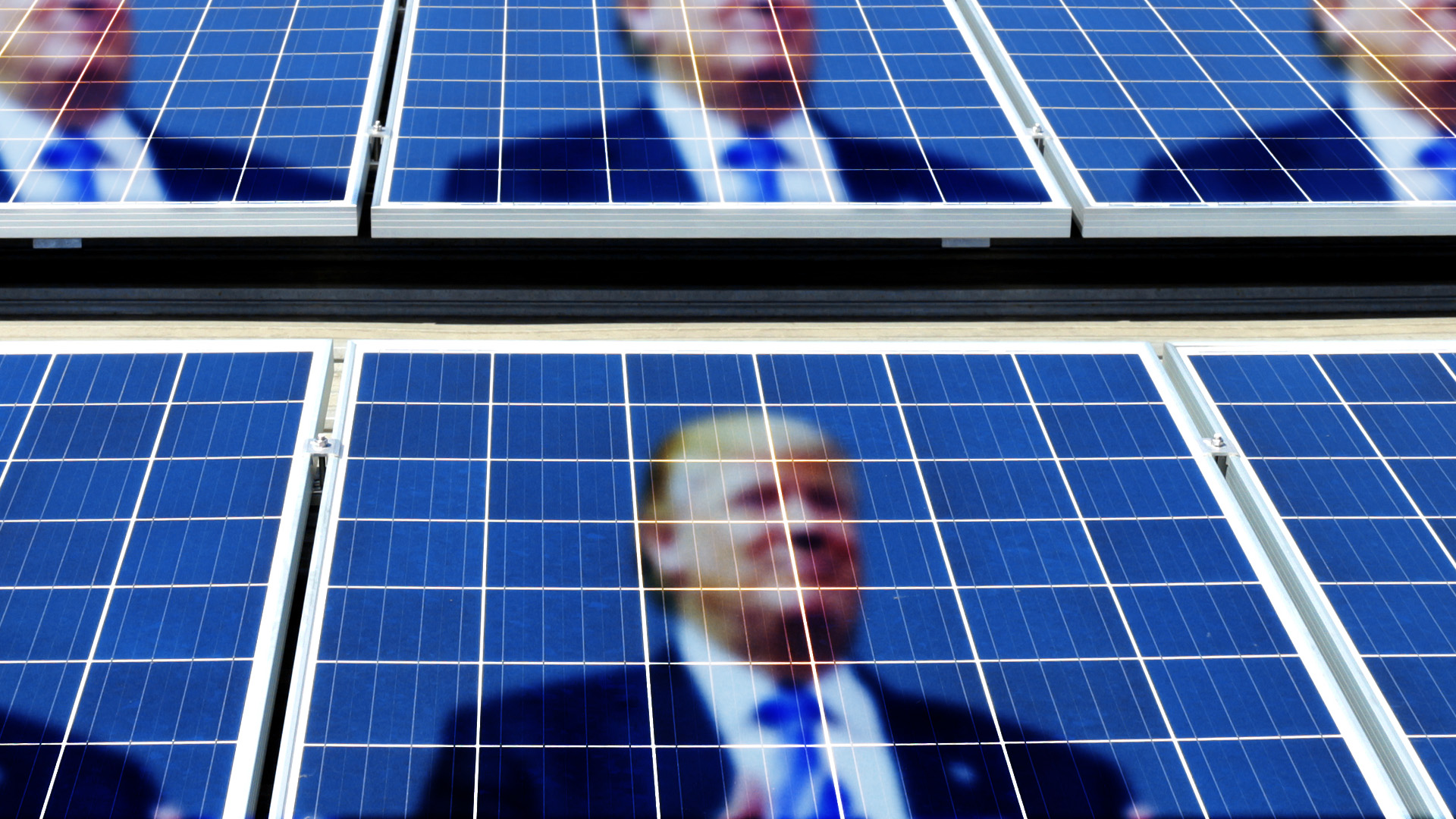
The new Trump solar tariffs mean that a majority of the solar panels installed in this country are now 30% more expensive. Lots has been written already on how the tariffs might affect US solar equipment manufacturers (here), national solar jobs (here), and larger scale solar farms (here). Instead of rehashing those macro issues, I’m going to approach the topic from a different perspective: the small-scale, local one.
I work for a regional solar installer in New York State (NYS), outside of NYC. We don’t do the same volume as the bigger national installers, but we’re the largest of the regional players in our market. The Trump solar tariffs will affect our business in all the expected ways, but also in ways that are wholly unexpected:
Top line prices
The new tariffs impose a 30% duty on all imported solar panels. Though not insignificant, the rise in panel costs will actually only add approximately 5-7% to the overall price that end customers will see. This is because panels are no longer the biggest line item in overall costs for our solar projects and haven’t been for some time. In fact, the panels only make up about 15-18% of the total cost of an average installed system in the NYS market.
Bottom line prices
Despite the increase in top line prices, most customers will not feel the full brunt of the 30% import duty reflected in their bottom line prices. This is because the solar Federal Income Tax Credit (ITC) will be in effect through a majority of the 4 year life span of the new solar tariffs. The ITC will dampen the effects of the tariffs by turning a 30% price hike into a 21-23% bump to the bottom line of a solar installation contract, depending on the year of the install. NYS also has a solar income tax credit (NYS-ITC) for certain eligible equipment that has the potential to lessen the price spike even further, especially for smaller sized systems.
Margins
Contrary to what many customers think, the solar contracting business is actually a low margin business. The Trump solar tariffs, if not passed through to customers, will erode margins. Profits are necessary to maintain a healthy business, fund future growth, and honor long term warranties, so it’ll be a lose/lose scenario for both solar installers and their customers if already thin margins are lost completely.
Employment
Employment in the NYS solar market grew by 11% in 2017 according to the Solar Foundation, which tracks national and state employment data on the solar industry. 2017 was another year of growth and great news for nearly every stakeholder involved. Despite Trump’s insistence that these tariff will boost jobs in solar panel manufacturing (like at the Tesla plant in Buffalo), solar manufacturing jobs make up just 15% of jobs in the industry compared to just over 50% for installation-related jobs. The potential for tariffs to drive a net loss in solar jobs in NYS is a strong possibility in 2018.
Lead Generation
Perhaps the biggest fallout from the Trump solar tariffs is not about pricing at all, but rather perception. Despite the rapid growth of the solar industry over the past 10 years, the vast majority of homeowners have never investigated going solar. Many homeowners sit on the fence, despite the fact that they could viably go solar and save money on their electric bills. They believe solar won’t work for them either for technical, aesthetic, or economic reasons. Getting people to call or email solar installers is critical to market growth, and the cost to do that has been rising.
Customer acquisition costs make up close to 20% of a solar system cost – very high compared to other industries. Anything that makes this more difficult or more expensive is a drag on sales and growth. Installers will be forced to spend even more money to get customers into the fold now that Trump’s tariffs have created the perception that solar just became more costly, a daunting prospect for small regional firms.
Of the items listed above, I suspect that the hit to lead generation will be the most detrimental aspect of the Trump tariffs. In NYS, prices won’t rise in a meaningful way, margins may be squeezed, and net job losses may come, but it is the perception that solar just got more expensive that will keep thousands of homeowners from joining the ranks of the clean energy revolution. And what a shame that will be.
